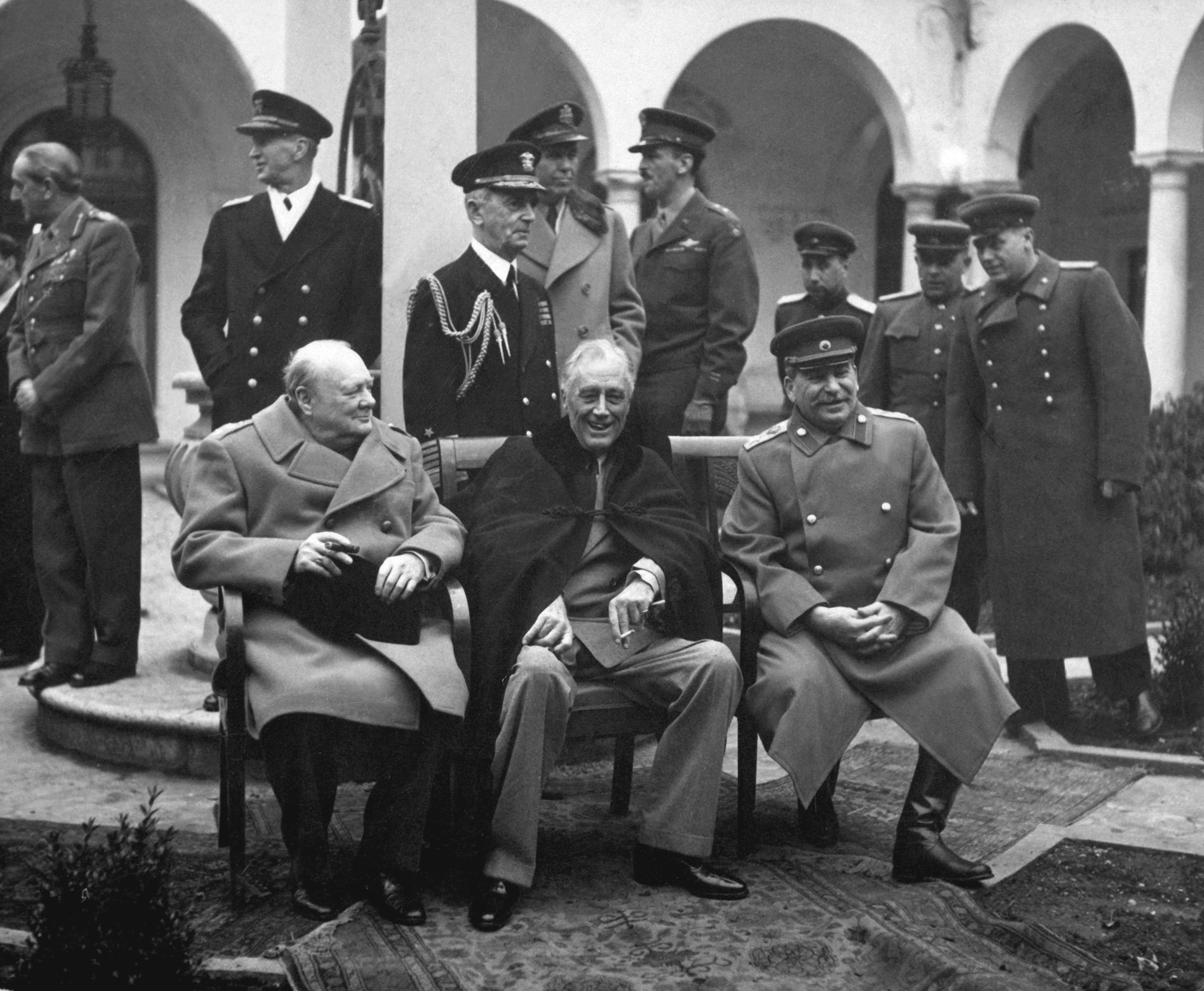Picture: Social Democrat flyer from the period. The text reads: “Communists protests for ‘peace among the peoples’. Say NO to that fraud”
The Labour Movement Information Centre (AIC) emerged as Denmark’s leading anti-communist intelligence and propaganda organization during the Cold War. Founded in 1944 by the Social Democrats and the Danish Confederation of Trade Unions, the AIC operated as a clandestine arm of the labor movement, dedicated to curbing communist influence within trade unions and workplaces. Over nearly three decades, the AIC’s operations spanned deep surveillance, covert maneuvers, and partnerships with both the domestic security state and international intelligence agencies.
The Social Democrats’ Weapon Against Communists
In the autumn of 1944, as it became clear who would emerge victorious from World War II, the Danish Confederation of Trade Unions, the Workers’ Confederation in Copenhagen, and the Social Democrats founded the AIC (Arbejderbevægelsens Informations Central). The AIC was intended to continue the work of the defunct HIPA, a social democratic propaganda organization that had opposed both the Nazis and communists in the inter-war period. With the Nazis defeated, the AIC’s focus shifted exclusively to combating the communists.
From its inception, the AIC aimed to bolster the presence of social democrats in workplaces, actively working to replace communist shop stewards with social democratic ones. It also functioned as a training ground for young social democratic politicians, many of whom would later rise to prominence within the party.
Post-war Denmark saw intense power struggles between social democrats and communists in labor unions and workplaces. The AIC meticulously monitored communist activities, reportedly maintaining a comprehensive database on communists, which was shared with the Danish intelligence service and the CIA. While direct evidence of individual registration remains elusive due to sealed archives, the parallels to earlier practices are striking. In the 1930s, HIPA and the Copenhagen police had compiled databases of communists, later used by the Danish state to round up communists and imprison them in concentration camps at the request of the Nazis during the occupation. 150 Danish communists were transported to the Stutthof concentration camp in Germany where 22 of them were eventually murdered.
An “ice front” against communism
By 1947, the AIC had intensified its efforts, urging social democratic organizations and officials to closely monitor local communist activities and report back. This surveillance network extended to attending and reporting on communist meetings across Denmark, regardless of the meetings’ content, and to gather statistics on the venues **used and the frequency of meetings. The AIC’s agenda was clear: collect as much intelligence as possible to undermine communist influence.
The AIC didn’t stop at surveillance; it also engaged in counter-infiltration. In 1947, when a communist defected with membership lists, the AIC quickly identified and expelled communists who had infiltrated social democratic ranks. It also produced social democratic election materials and disseminated anti-communist propaganda. A notable campaign followed the 1948 communist coup in Prague, where chain letters, allegedly conceived by “a circle of Danish men and women from all walks of life, representing all political opinions”, encouraged Danes to create an “ice front”, ostracizing communists socially and economically, portraying them as foreign agents of the Soviet Union.
The message of the AIC was clear: At no point should you listen to the communists, seek common ground or reach across the aisle. The social democrats would rather go under than compromise with the communists.
Not only communists were surveilled by the AIC, the organisation also kept a close eye on social democrats who opposed the party line and were open to a less hostile attitude to the communists.
Throughout the 1950s, the AIC employed personal agitation tactics to isolate and diminish communist influence in workplaces, engaging in what it called “systematic preparation” to cleanse the labor movement of communists. This was evident during a strike at the B&W shipyard, where Social Democrat Prime Minister Jens Otto Krag requested a list of strikers from the employers’ organisation and passed it on to the AIC, enabling them to break the strike by addressing loyal workers individually.
Krag was not the only prominent social democrat to be involved with the AIC. When he was chairman of the warehouse workers’s union in 1963, future prime minister Anker Jørgensen was also closely involved in AIC efforts to sabotage communist influence at the new campus of state broadcaster DR.
Connections to intelligence agencies
The AIC’s activities were not confined to the labour movement; it worked closely with Danish military intelligence and the CIA. The post-war Danish military intelligence service, having escaped Nazi infiltration unlike the secret police, was a natural ally for the Social Democrats. Together, they monitored and documented communist activities, sharing intelligence with the CIA and the British embassy who considered the social democrats to be the strongest anti-communist force in Denmark. By 1949, American intelligence reports indicated that around 35,000 Danish trade union members were registered as communists.
The AIC also collaborated closely with “the Company,” a private intelligence organization led by resistance fighter Arne Sejr and funded by domestic oligarchs and the CIA, which engaged in activities such as wiretapping and disinformation that were too illegal or too controversial for official agencies to do. “The Company” was part of the CIA’s broader Gladio network in Europe, aimed at countering leftist movements through sabotage, propaganda and terrorism.
Closure and legacy
The AIC’s influence waned in the 1960s as funding diminished, leading to its closure in 1973 with its functions being absorbed by the Social Democrats and the Confederation Of Trade Unions. In the 1990s, renewed interest in Cold War-era intelligence activities led to social democratic prime minister Poul Nyrup Rasmussen announcing the opening of the archives. This was a rather odd announcement as the archives had already been publicly available for years. Within hours of Rasmussen’s announcement the organisation tasked with maintaining the archives decided to seal them, allegedly to give “peace and quiet” to the few researchers approved to access them.
The story of the AIC resonates in today’s world of heightened paranoia, geopolitical conflict and an elite scrambling to consolidate ideological control over the populace. Only today the shady organisations doing the CIA’s dirty work have access to advanced technological tools of propaganda and surveillance that Cold War social democrats could only dream of.
GOOD post!
The closure of the AIC lining up with the rise of urban guerillas like RAF in germany and Blekingegadebanden in Denmark itself, kinda surprises me though.


